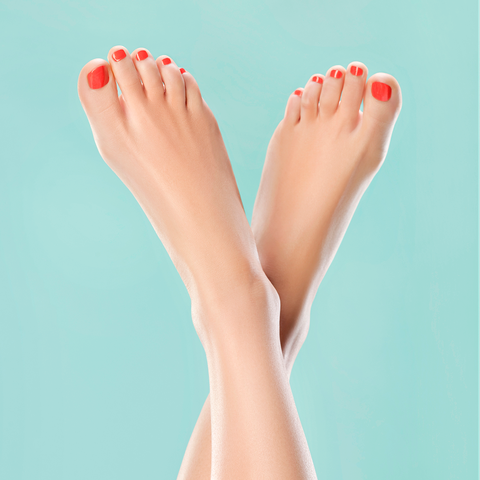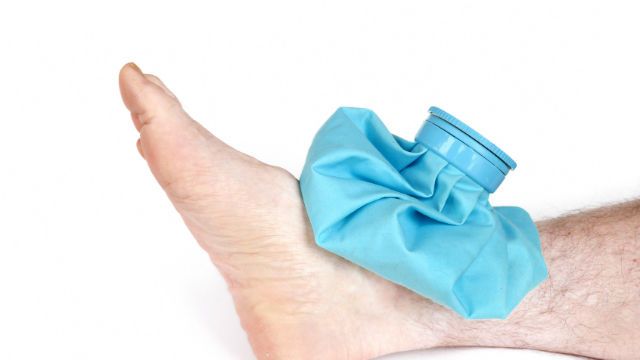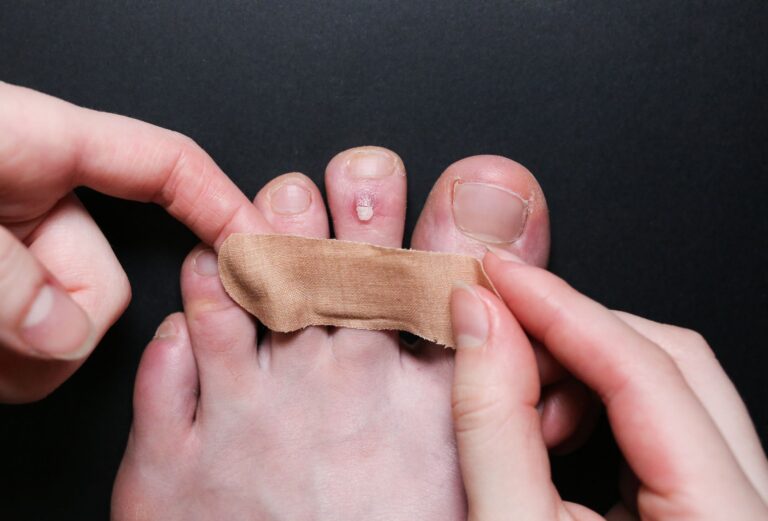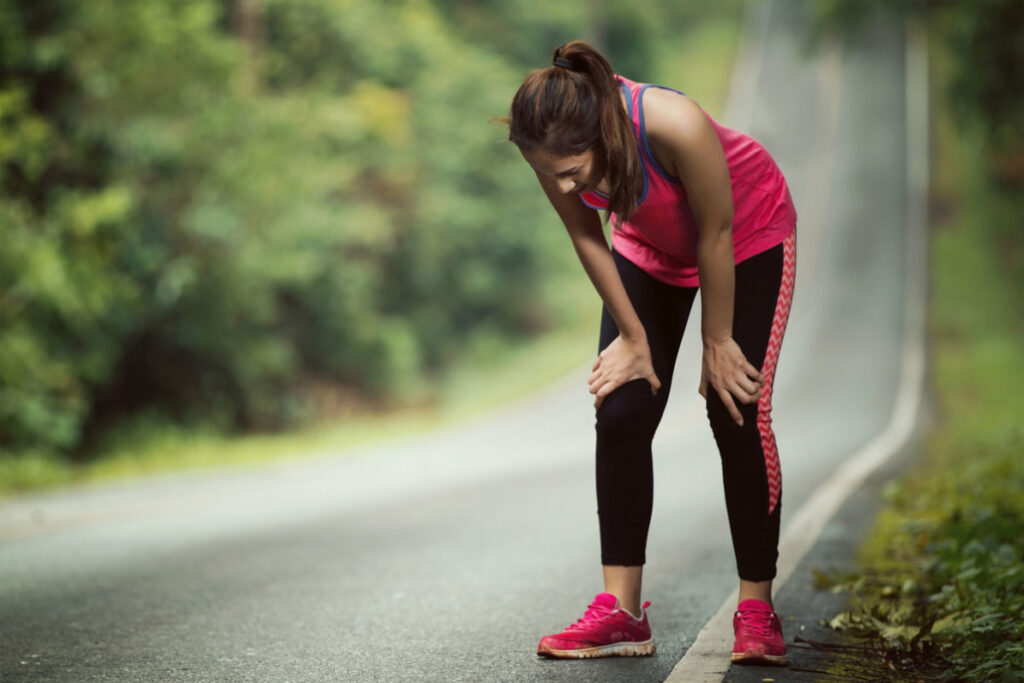When you cross the finish line of a marathon, your body is a war zone—a war zone where you’ve lost most of the battles. You are walking wounded and physically exhausted. It’s no coincidence that well-organized marathons often have an army of medics manning the finish line. A lot of things happen to the body as a result of running the marathon. You become overheated, dehydrated and your muscles are severely glycogen depleted. You have to bide your time to get your body back in balance
Table of Contents
ToggleYour one and only goal when you finish your marathon should be to get your body and health back together as soon as possible. Below advice will take you back in good health and resume your normal training schedule again in the shortest possible time.
Some general considerations for recovery from a marathon:
- How age affects recovery
Any Pro athlete will tell you that as we age, we need more recovery time after a marathon. Over age 40, we need anywhere from three to four weeks of rest and/or recovery.
- Gender and recovery
Women tend to take longer to recover from marathons than men do, largely because of hormonal differences. Testosterone, the dominant male sex hormone, plays a big role in muscle growth and repair, giving an advantage to males.
- Sleep and recovery
The quality and amount of your sleep contribute significantly to your recovery from the marathon. Good sleep is essential for your body to repair itself mentally and physically. Get home and have a nap or at least lie down for an hour or two after your marathon, and go to bed at a consistent time for several weeks after the marathon
Some specific considerations for recovery from a marathon:
- Immediate post marathon recovery
After crossing the finish line, keep moving, gradually slowing down to a walk, to allow your stressed system to attain a steady state and normalize. Stopping suddenly can cause light headedness, dizziness, and fainting if your blood pressure drops too rapidly. A slow walking cool-down of five to 10 minutes will gently ease you back to resting state and begin the repair process of removal of metabolic wastes.
- Get your feet up

Much of the soreness after a marathon is due to swelling from fluids that have accumulated between the muscles, causing pressure on nerve endings near the skin. It’s always recommended to elevate your legs for a while to help ease the pain.
- To massage or not?
Massage therapy is claimed to heal damaged muscle tissue, improve blood flow to the legs, relax the muscles, enhance nutrient and oxygen delivery to the muscles, and increase the removal of lactic acid.
However, the research on the recovery properties of massage therapy is disappointing. Many marathoners find that even a light massage may be too painful immediately after the marathon. Consider waiting three to seven days after the race for your massage.
- Icing

You can ice your legs every few hours after the marathon to good effect—the cold deadens the nerve pain endings, reducing your pain. An added benefit is that icing slows down the blood flow to the traumatized muscles. Icing for longer than 10 minutes dilates the arteries, increasing blood flow to the legs. This pumps out the waste products and brings in nutrients and proteins to begin the repair work. A cool shower or running cold tap water over your legs is very refreshing.
- Heat and cold contrast therapy
Contrast therapy is used to speed up recovery from muscle injury in physical therapy clinics. It improves blood flow to the muscles, eliminating any lactate lying around, and reduces inflammation, providing pain relief. This therapy should be started three to four days after the marathon when the major soreness has worn off. With this technique, you apply heat to your legs from a heat pack, a hot water bottle for 2 to 3 minutes and then apply ice pack for same amount of time. This cycle can be repeated 2 to 5 times.
- Painkillers, Aspirin, anti-inflammatory medications?
Your quadriceps and calf muscles will be very sore after the marathon, especially when you go down stairs or a slope. Sports medicine physicians recommend that you avoid taking painkillers and nonspecific anti-inflammatory drugs (NSAIDS), despite their palliative effects. Research shows that muscle tissue repair actually takes longer if you ingest these medications. However, if you are incapacitated and in great pain, you may have no choice but to take painkillers.
- Infection

You are highly susceptible to infections after a marathon, so take extra care of any blisters or bloody toenails. Remember, recovering your health is your main goal.
- Stretching
There is no conclusive research showing that stretching reduces post exercise soreness and pain after marathons. In fact, sharp, intense stretching is counterproductive, flaring up inflammation in the muscle tissues. Slow, gentle stretching within your flexibility range may help temporarily reduce stiffness.


If some one desires expert view concerning blogging after that i
advise him/her to go to see this blog, Keep up the
nice work.
Hydration and Nutrition are probably the biggest factors that should be mentioned in terms of recovery
Pingback: Marathon Recovery - How to Recover after a Marathon - Athletico
If some one needs expert view concerning running a blog afterward
i recommend him/her to visit this webpage, Keep up the good work.
What’s up to all, the contents present at this web page are genuinely remarkable for people knowledge, well, keep up the good work fellows.